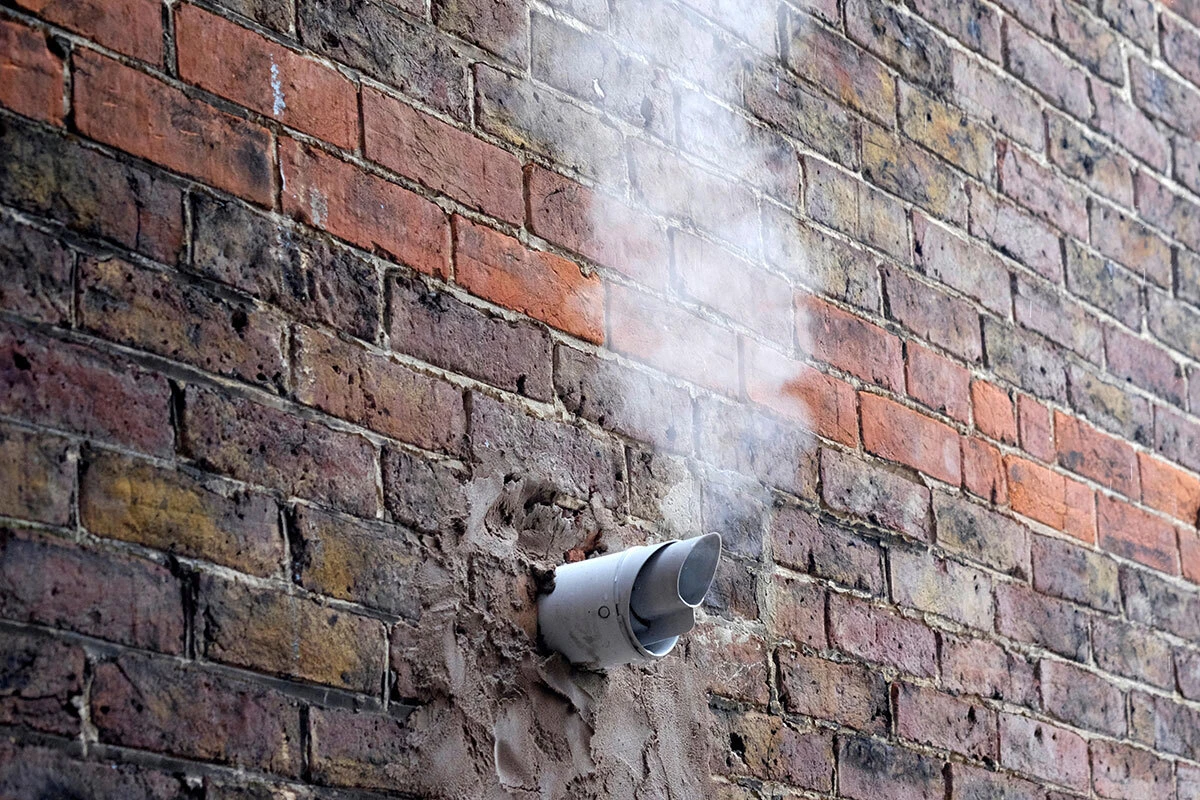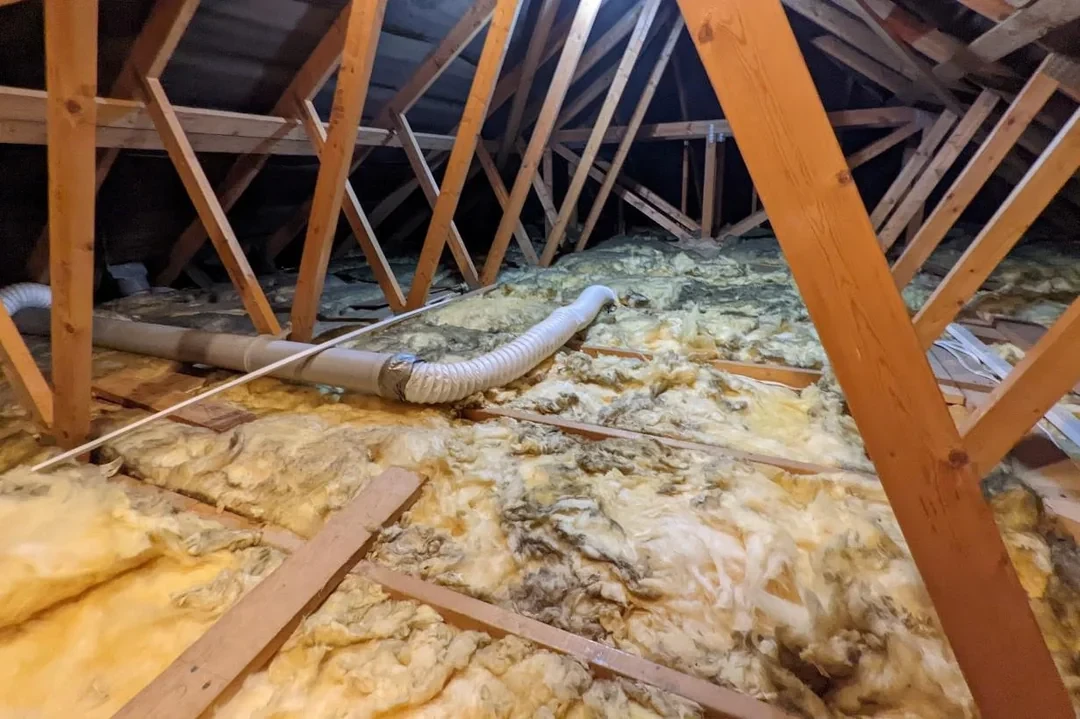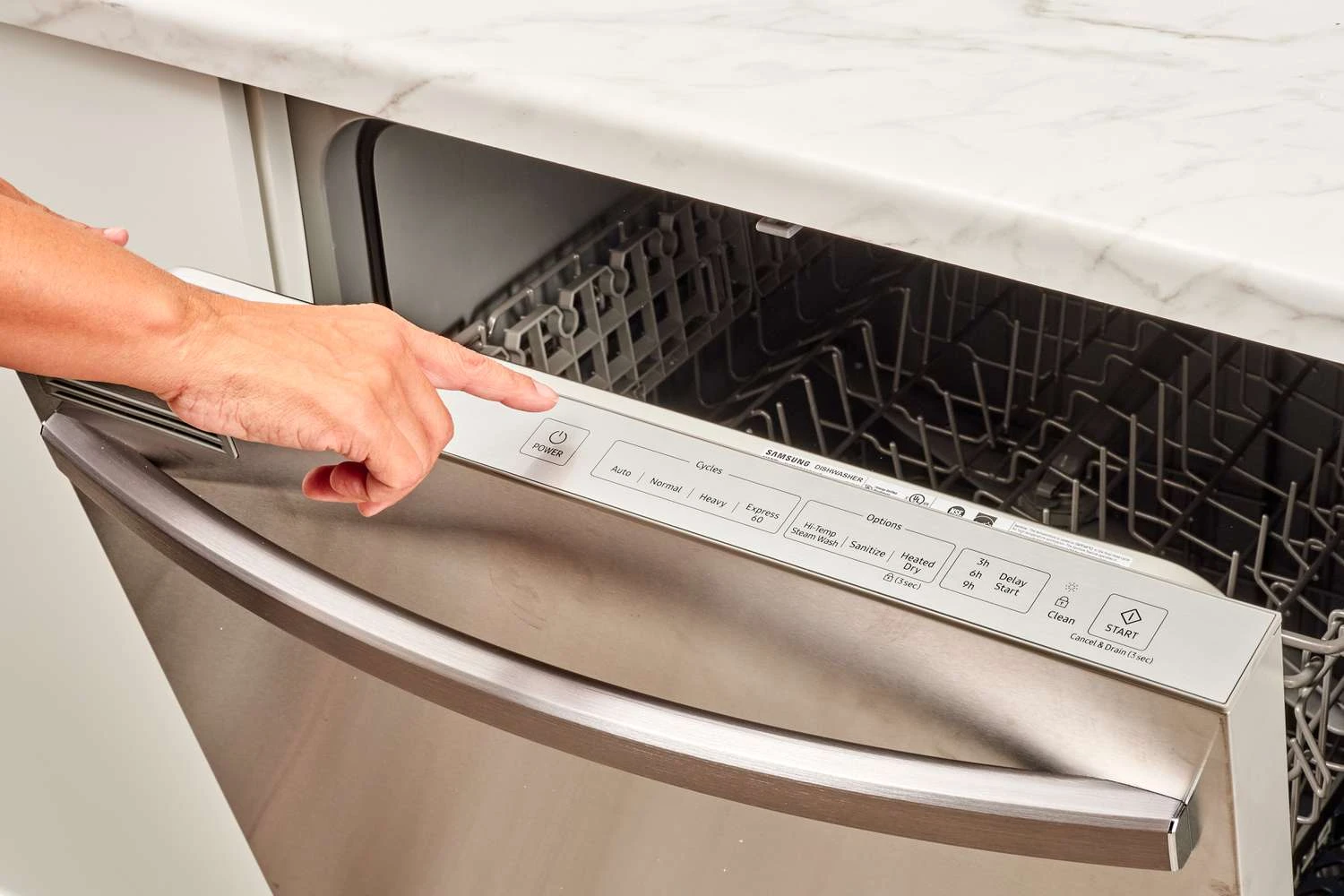27/01/2025
Contents
- Key Takeaways:
- What Are Radiators?
- Why Is It Important To Balance Radiators?
- How To Tell If Radiators Need Balancing?
- What Tools Are Needed To Balance Radiators?
- Step-by-Step Guide To Balancing Radiators
- What Are The Benefits Of Balancing Radiators?
- How Often Should Radiators Be Balanced?
- What To Do If Radiators Are Still Uneven After Balancing?
- Frequently Asked Questions
Radiators play a crucial role in keeping our homes warm and comfortable, but balancing them is essential for optimal performance.
This article explores the ins and outs of radiators—what they are, why balancing is vital, and how to recognize when they need attention.
It includes a step-by-step guide, necessary tools, and the benefits of keeping your radiators balanced.
Discover how proper radiator maintenance can lead to more efficient heating, energy savings, and improved comfort in your home.
Key Takeaways:
Regularly balancing radiators is crucial for efficient heating and saving money on energy bills.
Use a radiator key to bleed and adjust the lockshield valve to balance radiators for optimal heating and temperature control.
Balanced radiators can increase their lifespan and improve comfort in the home. Rebalance every 1-2 years or as needed for best results.
What Are Radiators?
Radiators are essential components of heating systems commonly used in homes to distribute warmth and ensure comfort during colder months. They function by circulating hot water through a network of pipes, which emanates heat into the rooms, thus creating a cosy environment.
The effectiveness of radiators relies heavily on their design and installation, which can influence water flow and temperature distribution. Proper maintenance is crucial to avoid common issues such as cold spots and uneven temperatures, which can lead to discomfort and inefficient heating.
Why Is It Important To Balance Radiators?
Balancing radiators is a crucial process in maintaining an efficient heating system, ensuring that each radiator heats evenly while maximising energy efficiency.
When radiators are unbalanced, some rooms may experience cold spots or excessive heat, which can lead to discomfort and increased energy bills. Homeowners often overlook the importance of balancing their radiators, but this simple maintenance step can significantly improve heating performance, enhance comfort, and result in long-term cost savings.
Regularly checking the balance can prevent sludge build-up and ensure optimal water flow throughout the system.
How To Tell If Radiators Need Balancing?
Identifying whether radiators need balancing is essential for maintaining an efficient heating system, and several indicators can help homeowners troubleshoot their heating issues.
Common signs include uneven temperatures throughout different rooms, where some radiators may feel hot while others remain cold. Additionally, temperature readings taken from each radiator can reveal discrepancies that necessitate adjustments.
If you notice any unusual noise, slow heating, or difficulty in achieving a comfortable temperature, these are clear indicators that your radiators may require maintenance and balancing to optimise their performance.
What Tools Are Needed To Balance Radiators?
To effectively balance radiators, homeowners will need a few essential tools that facilitate the process of flushing, bleeding, and adjusting radiator valves.
Key tools include:
A radiator key for bleeding air from the system,
A thermometer to take accurate temperature readings,
A screwdriver for adjusting the lockshield valve.
Having the right tools at hand not only simplifies the balancing process but also ensures that any maintenance performed contributes to the overall efficiency of the heating system. Proper tools can make a significant difference in achieving evenly distributed heat throughout the house.
Step-by-Step Guide To Balancing Radiators
Balancing radiators can seem daunting, but with a clear step-by-step guide, homeowners can easily ensure their heating systems operate at peak efficiency.
The process begins with turning off the central heating system to allow for safe adjustments, followed by opening all radiator valves to ensure proper water flow.
Using a radiator key to bleed air out of the radiators helps eliminate cold spots, while closing the bleed valve afterwards is crucial for maintaining pressure.
Subsequent adjustments to the lockshield valve on each radiator will ensure that the temperature is even throughout the system, completing the balancing process effectively.
Turn Off The Central Heating System
Before beginning any maintenance work on your radiators, it is essential to turn off the central heating system to ensure safety during the balancing process. This precaution helps prevent any accidental burns or damage to the system while you make adjustments.
Moreover, understanding the intricacies of your heating system can significantly impact the efficiency and safety of your household operations. Homeowners are encouraged to take the time to familiarize themselves with the various controls and settings associated with their heating systems. This knowledge is not only crucial for operating the heating system effectively but also plays a vital role in preventing mishaps.
For instance, knowing how to properly adjust the thermostat and bleed radiators can enhance overall comfort and performance.
Always check that radiators have cooled completely before touching them.
Use protective gloves if necessary, to ensure added safety.
Regular maintenance extends the life of your heating system.
By prioritizing safety and being proactive in understanding your heating system, you contribute to a safer and more efficient home environment.
Open All Radiator Valves
Once the central heating system is off, the next step is to open all radiator valves to allow for proper water flow throughout the system. This ensures that each radiator can receive an equal amount of hot water, which is critical for balancing their temperatures effectively. Properly maintaining the radiators not only improves heating efficiency but also extends their lifespan, preventing costly repairs down the line.
To begin with, it is essential to identify the different types of radiator valves that may be present in your home. Each type serves a unique function, impacting water flow and heating efficiency. Here’s a brief overview:
Thermostatic Radiator Valves (TRVs): These allow for temperature control according to individual room requirements.
Lockshield Valves: Found at the opposite end of TRVs, these control water flow and must be adjusted carefully after the TRVs are set.
Manual Valves: These require manual adjustment to regulate water flow, thus offering simplicity but less control.
Understanding these differences enables effective management of your heating system. Regularly checking and opening these valves can significantly enhance overall performance.
Use a radiator key to bleed the radiator
Using a radiator key, homeowners can effectively bleed the radiators to remove trapped air, which is a common cause of uneven temperatures. This step is crucial as trapped air can prevent hot water from circulating properly, leading to cold spots.
To begin this process, it is important to first gather the necessary tools, primarily the radiator key, found at most hardware shops. Before starting, ensure the central heating system is turned off and the radiators are cool to the touch to prevent burns.
Once ready, locate the bleed valve, typically situated at the top of the radiator. When you insert the radiator key into this valve, turn it gently anti-clockwise. Listen for a hissing sound; this indicates that air is escaping. It is essential to keep a cloth or small container handy to catch any drips of water that may follow the air.
As the air exits, watch for a change in sound: the hissing will gradually diminish and be replaced by a steady stream of water. This transformation indicates that the radiator is now fully bled. Remember to tighten the valve securely after you see water flow before switching the heating back on.
Signs air has been removed:
Consistent water flow without hissing noises
Radiator feels fully warm across its entire surface
Close The Bleed Valve
After successfully bleeding the radiator, it is important to close the bleed valve to retain system pressure and prevent leaks. This step ensures that the heating system remains effective and efficient in delivering warmth throughout the home.
To properly close the bleed valve, ensure that you use a radiator key or an appropriate tool designed for this purpose. Turn the valve clockwise until it's snug, taking care not to overtighten, as this can strip the threads or cause damage.
After closing, monitoring for any unexpected leaks or unusual sounds is crucial.
Check the surrounding area for water accumulation.
Listen for hissing noises that may indicate air release.
Monitor the pressure gauge to ensure it remains stable.
Addressing any issues immediately can prevent further complications and ensure continuous comfort in your living space.
Adjust the lockshield valve
Adjusting the lockshield valve is a critical step in the radiator balancing process, as it controls the flow of hot water entering the radiator, thus influencing temperature control. By carefully making these adjustments, homeowners can ensure that each radiator receives the right amount of heat, leading to enhanced energy efficiency and optimal comfort throughout the living space.
To achieve the best results, one should consider the following best practices when adjusting the lockshield valve:
Understand the radiator setup: Before tweaking the lockshield valve, familiarising oneself with the entire heating system's layout and identifying the radiators with higher heat demand is crucial.
Gradual adjustments: Making minor adjustments incrementally allows for observation of the temperature changes without risking overheating any particular area.
Utilise thermostatic valves: In conjunction with lockshield adjustments, these valves can enhance control over heat distribution, ensuring balanced warmth across different rooms.
Regular maintenance: Periodically checking and recalibrating valves can prevent unexpected heating issues, resulting in a consistently comfortable home environment.
By implementing these strategies, individuals can significantly improve heating efficiency and achieve a more comfortable atmosphere within their homes.
Repeat For All Radiators
The final step in the balancing process is to repeat the procedure for all radiators in the home, ensuring that each one is properly bled and adjusted. This comprehensive approach ensures that the entire heating system operates harmoniously and efficiently.
To achieve optimal performance, a systematic method is crucial. Start by keeping track of each radiator's initial settings, which allows for clear comparisons before and after adjustments. Use a notebook or a digital app to log the following:
Initial room temperatures
Radiator valve settings
Bleeding times
This documentation provides a visual representation of changes and helps monitor improvements. Checking back on the heating efficiency every few weeks can highlight whether adjustments are effective or if further tweaks are necessary.
Over time, this consistency not only boosts comfort but also reduces energy bills, making the balancing process even more rewarding.
What Are The Benefits Of Balancing Radiators?
Balancing radiators offers a multitude of benefits that enhance both the comfort and efficiency of home heating systems. Homeowners can achieve improved energy efficiency, which not only leads to lower energy bills but also promotes a more sustainable lifestyle.
Additionally, balanced radiators contribute to consistent temperature control throughout the home, eliminating cold spots and creating a comfortable living environment. The long-term cost savings associated with reduced energy consumption further underscore the value of regular radiator balancing as part of home maintenance.
More Efficient Heating
One of the primary benefits of balancing radiators is achieving more efficient heating in your home, which translates to lower energy consumption and reduced costs. When radiators are balanced, the entire heating system operates at optimal performance, ensuring that heat is evenly distributed to all rooms.
This balanced approach not only minimises energy bills but also significantly lessens the environmental footprint by reducing overall fuel demand.
Households that prioritise efficient heating can witness substantial savings, making it both a financially sensible and eco-friendly decision. Utilising advanced technologies, such as smart thermostats and programmable heating controls, enhances this efficiency by allowing homeowners to manage their energy usage better. As a result:
Increased comfort levels within the home lead to a more enjoyable living environment.
Lower carbon emissions contribute positively to combating climate change.
Long-term savings can be redirected towards other essential household needs or improvements.
Saves Energy and Money
Balancing radiators not only enhances heating efficiency but also saves energy and money over time, making it a worthwhile investment for homeowners. By ensuring that each radiator operates optimally, the heating system can function with reduced strain, leading to significant savings on energy bills.
For instance, properly balanced radiators can maximise the distribution of warmth throughout a property, ensuring each room reaches the desired temperature without unnecessary energy wastage. A study by the Energy Saving Trust found that homes with balanced heating systems can experience energy savings of up to 20%. This translates not only to lower monthly bills but also to a reduced carbon footprint, contributing to a more sustainable environment.
Regular maintenance, including radiator balancing, can prevent costly repairs in the future. By taking proactive measures, homeowners can ensure their heating systems remain efficient for years, ultimately leading to long-term financial benefits.
Improved comfort levels in all rooms
Increased lifespan of heating systems
Potential savings on energy bills
Increases Lifespan of Radiators
Regularly balancing radiators can significantly increase their lifespan, allowing homeowners to get the most out of their heating investments. When radiators are well-maintained and balanced, they are less prone to issues like sludge build-up and corrosion, which can lead to costly repairs or replacements.
By routinely implementing maintenance practices, such as balancing and flushing the system, homeowners can enhance efficiency while also prolonging the life of their heating units. A balanced radiator ensures even distribution of heat, which not only provides a comfortable living environment but also minimises energy consumption.
In addition, regular checks can identify minor issues before they escalate into major problems, ultimately saving both time and money. Implementing preventative measures includes:
Cleaning the radiator coils to improve heat transfer.
Checking and replacing the valves and thermostatic controls.
Inspecting for leaks and addressing them promptly.
Such proactive steps create a win-win situation, allowing homeowners to enjoy a consistently warm home without the worry of unexpected, costly replacements.
Improves Comfort and Temperature Control
Achieving optimal comfort and temperature control is one of the most significant benefits of balancing radiators, as it directly impacts the livability of a home. Homeowners can enjoy consistent warmth throughout each room, eliminating the discomfort caused by cold spots or fluctuating temperatures. This improvement not only enhances overall comfort but also promotes a healthier living environment.
Many individuals have shared their experiences after implementing radiator balancing in their homes. For instance, one homeowner stated, "After balancing our radiators, we noticed that every corner of our home feels cosy, especially during those chilly winter nights. No more fighting for the warmest spot in the house!"
Experts emphasise the significance of regulating heat distribution effectively; even small adjustments can translate into major benefits. The sentiment that, “A well-balanced heating system leads to a more inviting and enjoyable home,” resonates deeply with many families, reflecting a universal desire for comfort.
Consistent temperatures enhance sleep quality.
Balanced heating systems can lead to energy savings.
Eliminating cold draughts fosters a healthier indoor climate.
Having proper temperature control alters day-to-day existence in a tremendously positive way.
How Often Should Radiators Be Balanced?
Understanding how often radiators should be balanced is key to maintaining an efficient heating system and achieving maximum comfort in the home. Experts recommend balancing radiators at least once a year, especially before the heating season begins, to ensure that the system operates smoothly throughout winter.
Several factors play a significant role in determining the best frequency for this maintenance task. For instance, the pattern of usage within the household can greatly influence how often balancing is needed; homes that are frequently occupied may require more regular attention compared to those that are rarely used.
Additionally, advancements in heating technology have introduced new systems that might operate differently from traditional setups, thereby impacting the balancing schedule. Furthermore,
the age of the heating system
insulation quality
and even the layout of the heating system
can also dictate the necessity and timing for radiator balancing. Adopting best practices like regular inspections and following a maintenance schedule will help ensure optimal performance, thereby enhancing the overall comfort in any living space.
What To Do If Radiators Are Still Uneven After Balancing?
If, after balancing, some radiators still exhibit uneven temperatures, homeowners should take additional troubleshooting steps to diagnose potential issues within the heating system.
This could indicate a need for further adjustments or possible underlying problems such as air locks, blockages, or even issues with the boiler itself.
Frequently Asked Questions
What is radiator balancing?
Radiator balancing is the process of ensuring that all the radiators in your home are heating evenly and at the same rate. This involves adjusting the valves and flow rates to achieve a balanced system.
Why is it important to balance radiators?
Balancing radiators ensures that heat is distributed evenly throughout your home, preventing some rooms from being too hot or too cold. It also helps reduce energy costs by making sure the system is running efficiently.
How can I tell if my radiators need balancing?
Uneven heating, with some rooms being much warmer than others, is a sign that your radiators may need balancing. You may also notice unusual noises coming from the system or cold spots on the radiators.
Can I balance radiators myself?
Yes, you can balance radiators yourself with the right tools and knowledge. However, it is recommended to hire a professional if you are not familiar with the process to avoid causing damage to your system.
What tools do I need to balance radiators?
To balance radiators, you will need a radiator key, a lockshield valve key, and a thermometer to measure the temperature in each room. It may also be helpful to have a radiator bleed key and a spanner for adjusting the valves.
How often should radiators be balanced?
It is recommended to balance radiators at least once a year, preferably before the start of the heating season. However, if you notice any issues with uneven heating, you may need to balance them more frequently.
Need help?
We assisted homeowners with heating needs and improving their energy efficiency in Hull, East Yorkshire & North Lincolnshire.
Contact us today on 01482 770650 or online to learn more about our products and services, or if your require a heating engineer / plumber in Hull, East Yorkshire or North Lincolnshire.













